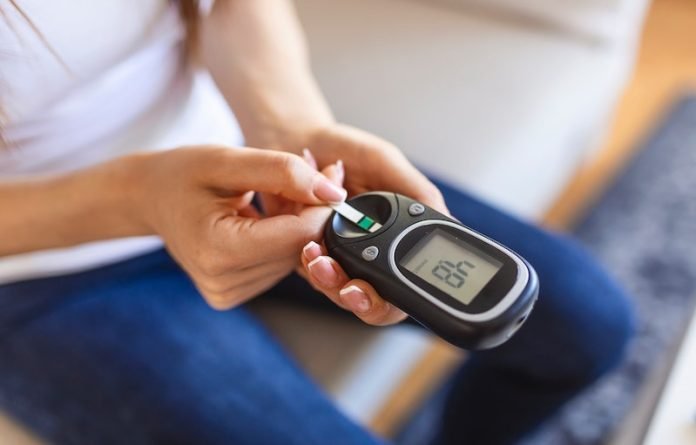
To date, the underlying causes of inflammation in obesity and type 2 diabetes have been poorly understood.
A recent study from the University of Kentucky found that changes to mitochondria—the powerhouse of cells—drive chronic inflammation from cells exposed to certain types of fats.
This could be the real cause of inflammation in type 2 diabetes. The finding shatters the prevailing assumption that glucose was the culprit.
This has hampered efforts to develop treatments to prevent complications from a disease that is the third leading cause of death in the United States.
Chronic inflammation fuels many of the devastating complications of type 2 diabetes, including cardiovascular, kidney, and periodontal diseases, and is thus one of the key targets for therapy development.
In the study, the team hypothesized that immune cells from patients with type 2 diabetes would produce energy by burning glucose.
But the finding showed that glycolysis wasn’t driving chronic inflammation. Instead, a combination of defects in mitochondria and elevated fat derivatives were responsible.
This new data may enlighten the conversation about tight glycemic control as the dominant treatment goal for people with diabetes.
The team says aggressive blood glucose control to lower the risk of diabetic complications has been the goal for most people with Type 2 Diabetes for decades.
The new data provide an explanation for why people with tight glucose control can nonetheless have disease progression.
If you care about diabetes, please read studies that not all whole grain foods could benefit people with type 2 diabetes, and green tea could help reduce death risk in type 2 diabetes.
For more information about nutrition, please see recent studies about unhealthy plant-based diets linked to metabolic syndrome, and results showing cinnamon could help control blood sugar and cholesterol in type 2 diabetes.
The study was conducted by Barbara Nikolajczyk et al and published in Cell Metabolism.
Copyright © 2022 Knowridge Science Report. All rights reserved.



